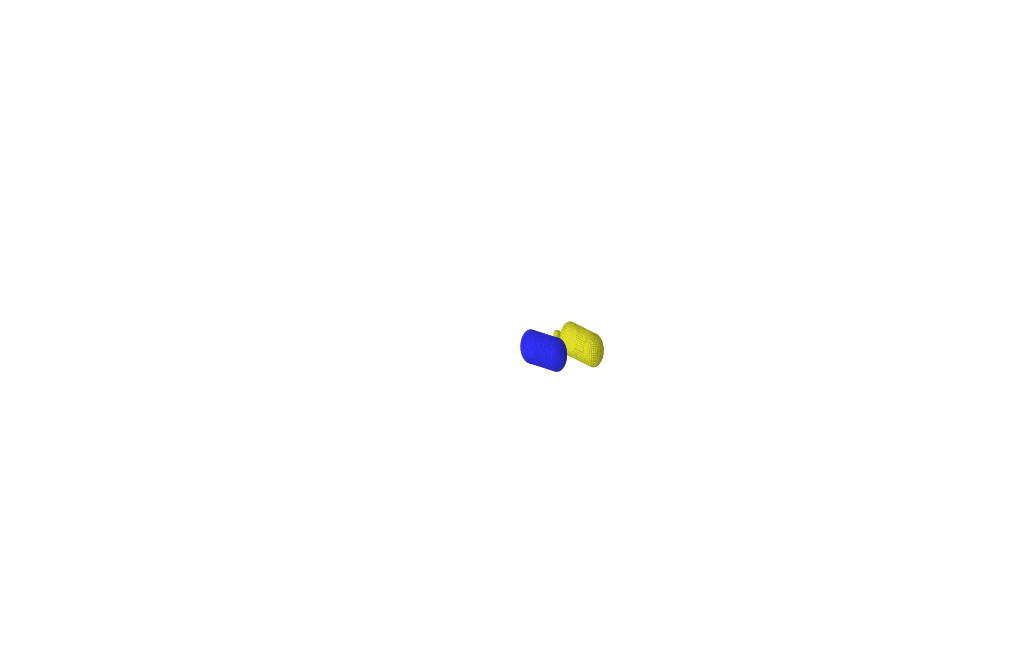We seek to understand how ecological and evolutionary processes play out in spatially extended populations. We use quantitative models inspired by statistical and nonlinear physics, experiments with microbial populations, and genetic engineering to investigate the spatiotemporal dynamics of biological invasions, how biological interactions such as cooperation, conflict and competition for resources affect ecological dynamics, and how adaptive evolution transforms these processes.
We genetically engineer microbes like the budding yeast Saccharomyces cerevisiae and Escherichia coli to create experimental, synthetic systems which allow us to explore the range of parameters of dynamical models of spatial community dynamics, and the evolutionary dynamics of microbial interactions in spatially-extended landscapes.
Our work is funded by a Maximizing Investigators’ Research Award (MIRA) from the National Institute of General Medical Sciences of the National Institutes of Health (NIH), by the Human Frontier Science Program (HFSP) foundation, and by the Office of Naval Research (ONR).

